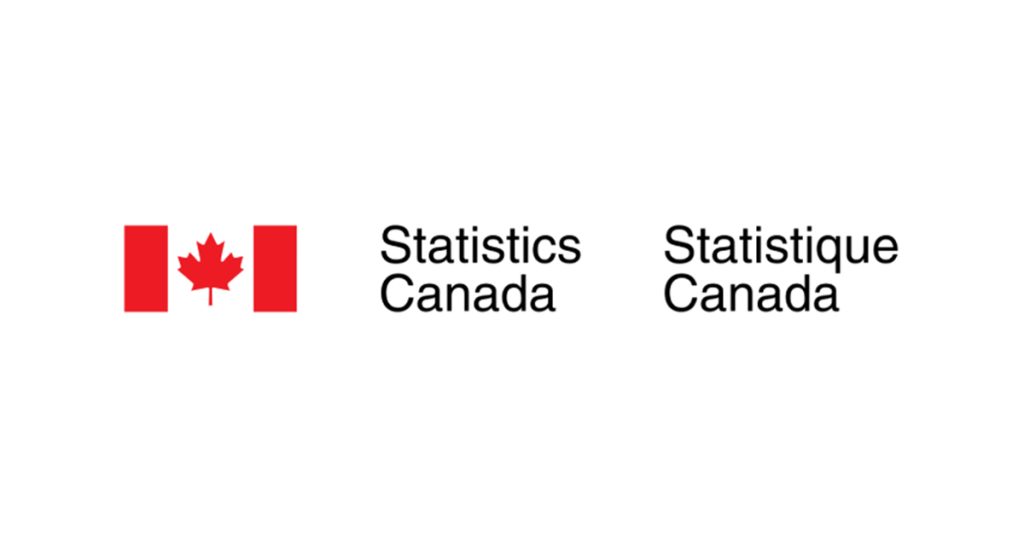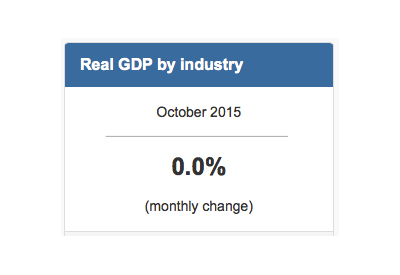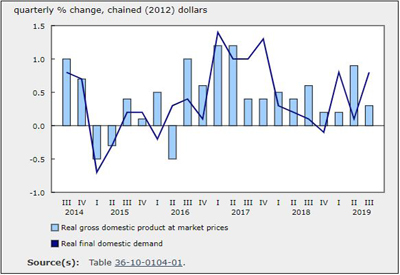Building Permits, September 2025

November 17, 2025
In September, the total value of building permits issued in Canada increased $504.8 million (+4.5%) to $11.7 billion. Both the residential (+4.8%) and the non-residential (+4.0%) sectors contributed to the increase.
On a constant dollar basis (2023=100), the total value of building permits issued in September rose 4.2% from the previous month.
Chart 1
Total value of building permits, seasonally adjusted

Infographic 1
Building permits, September 2025

Multi-family and single-family components contribute to residential sector growth
Residential construction intentions grew $335.3 million to $7.3 billion in September. The multi-family component (+$252.2 million) and the single-family component (+$83.1 million) contributed to the growth.
Alberta (+$219.9 million) and Quebec (+$146.7 million) drove the increase in the multi-family component in September, while British Columbia (-$186.3 million) tempered the rise.
The increase in the single-family component in September was driven by Ontario (+$114.0 million), while decreases in five provinces and two territories moderated the gains.
Chart 2
Number of units authorized for the residential sector and for the single-family and multi-family components

Chart 3
Value of building permits for the residential and non-residential sectors

Chart 4
Value of building permits for the single-family and multi-family components

Chart 5
Value of building permits for the industrial, commercial and institutional components

Commercial and industrial components lead increase in non-residential sector
In September, the value of non-residential building permits increased $169.6 million to $4.4 billion. Gains recorded in the commercial (+$205.4 million) and the industrial (+$104.8 million) components were partially offset by a decrease in the institutional component (-$140.6 million).
The rise in the commercial component in September was primarily attributable to Alberta (+$109.9 million), while the increase in the industrial component was led by Quebec (+$67.1 million).
Meanwhile, the decline in the institutional component in September was driven by Alberta (-$75.6 million) and Quebec (-$75.5 million) and supported by Manitoba (-$41.9 million) and Ontario (-$39.0 million). The decrease was tempered by gains observed in four provinces and three territories.
Ontario’s non-residential sector drives quarterly decline
The total value of building permits in the third quarter was down $2.0 billion (-5.4%) to $34.6 billion, a second consecutive quarterly decline. Ontario’s non-residential sector (-$2.5 billion) drove the decrease, after tempering the decline in the second quarter.
Non-residential construction intentions declined $1.8 billion (-11.8%) to $13.2 billion in the third quarter. Ontario’s non-residential sector drove the decline, led by the province’s institutional component (-$1.7 billion), which retreated after driving the non-residential sector to a series high in the second quarter.
The sharp decline in Ontario led the national institutional component to decrease $1.5 billion in the third quarter.
The industrial component decreased $504.7 million in the third quarter, led by Ontario (-$617.2 million), while Quebec (+$132.9 million) partially offset the decline.
Commercial construction intentions increased $236.8 million, driven by British Columbia (+$442.4 million), supported by notable contributions from hotels and indoor recreational facilities. Ontario (-$219.1 million) moderated the growth.
After a strong first quarter, the value of residential sector building permits continued its decline, falling $213.5 million (-1.0%) to $21.4 billion in the third quarter. This was its lowest level (in constant dollars) since the series started in 2018.
The multi-unit component declined $187.5 million in the third quarter. Quebec, particularly the Montréal census metropolitan area (CMA) (-$568.0 million), drove the decrease, followed by Alberta (-$169.6 million) and Nova Scotia (-$127.2 million). These decreases were mitigated by Ontario (+$357.3 million) and British Columbia (+$174.0 million), led by the Toronto CMA (+$505.1 million) and the Vancouver CMA (+$304.2 million). Both CMAs ticked up after experiencing significant declines in the second quarter.
In the third quarter, single-family construction intentions edged down $26.0 million, driven by Alberta (-$122.7 million) and Ontario (-$45.8 million), while five provinces and one territory tempered the decrease.
A total of 231,100 single-family and multi-family units in unadjusted terms were authorized for construction since the start of 2025, surpassing the 215,200 units authorized over the same period one year earlier.











